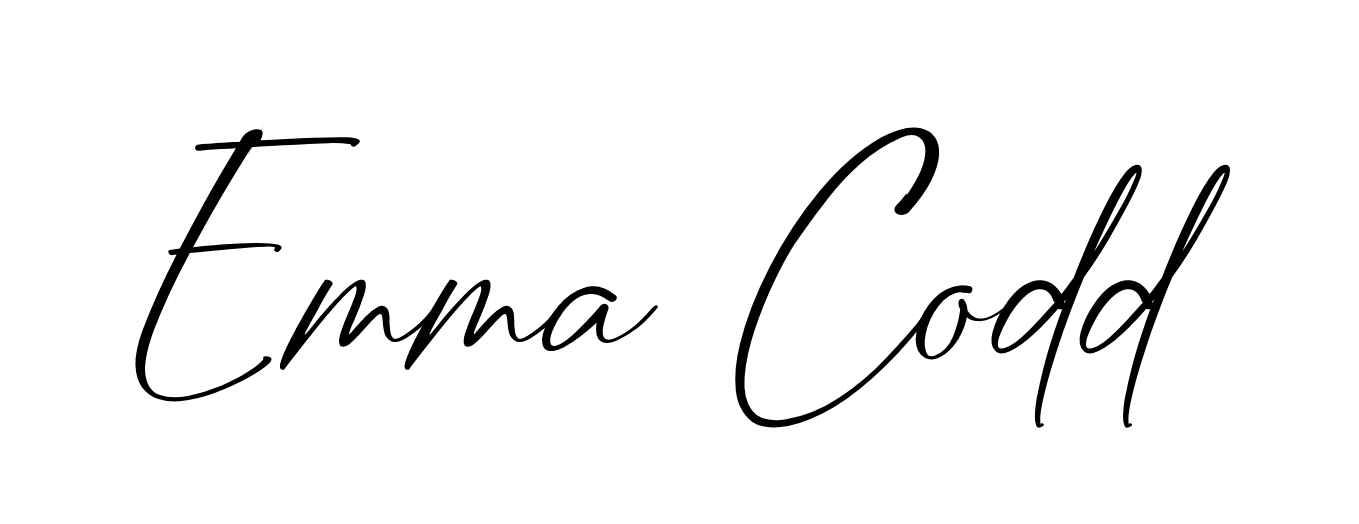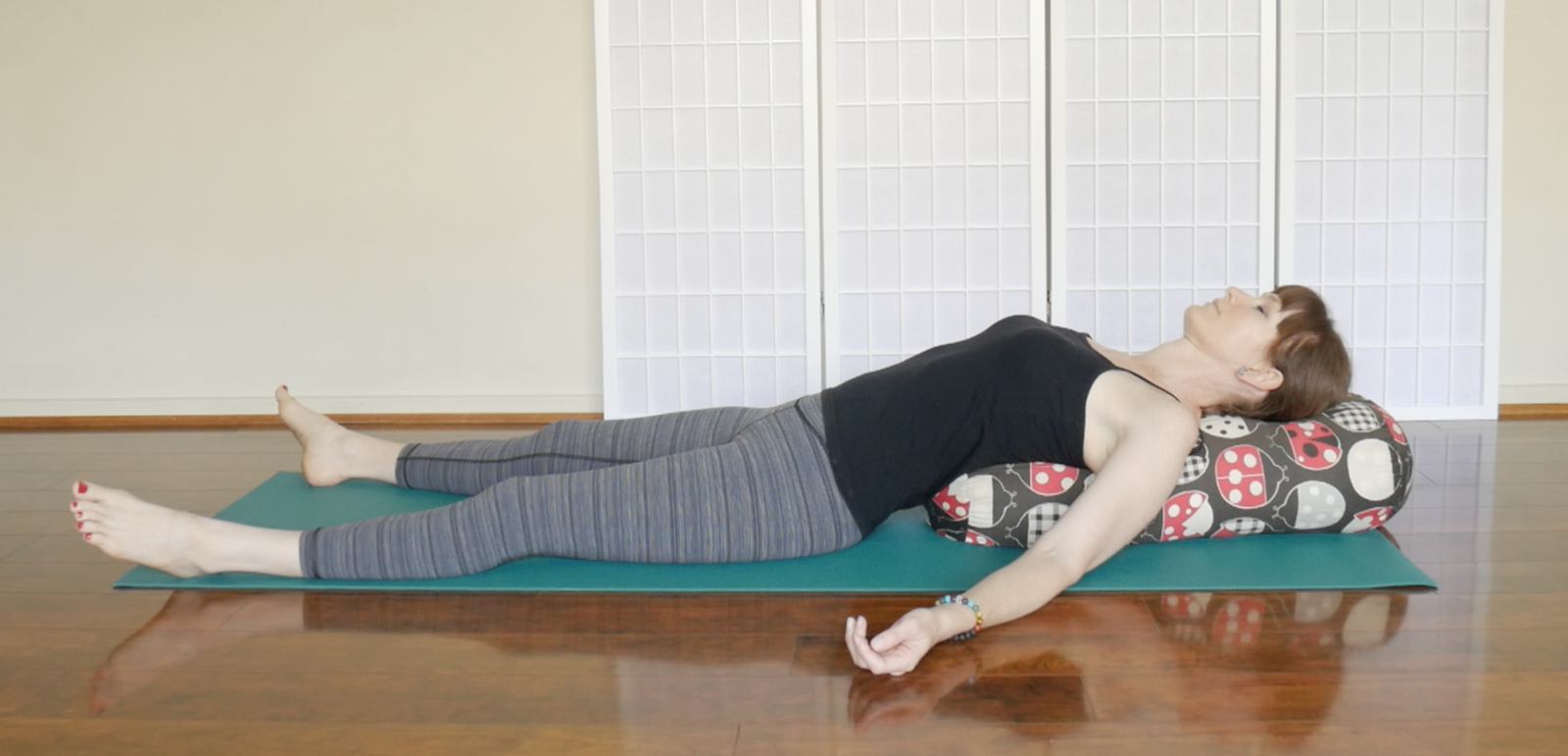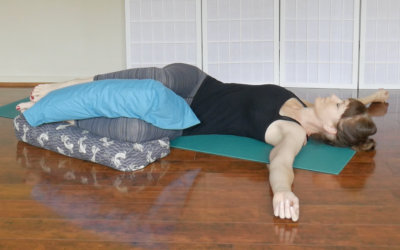Find Your Pose
Supported Fish Pose
Matsyasana
(matsya ‘fish’ + asana ‘pose’)
Supported Fish Pose is my favourite bedtime pose. It is a restorative variation of the traditional back bend Matsyasana, and the version I have come to prefer as both teacher and practitioner. The traditional version, if practiced without certain safety precautions, can put the neck at great risk, while the supported pose eliminates this risk. As to why this pose is a personal end-of-day favourite? The long, supportive nature of the restorative variation offers a much-needed antidote to our modern ‘forward’ living, allowing an expansion through the chest and shoulders in a way that shorter holds can’t achieve as effectively. Completely supported by the earth beneath you, as the body gently softens, there is a real sense of lifting and opening through the heart; and when you come out of the pose, I’m sure you’ll feel a little taller and a bit lighter.
* Always consult with your doctor before beginning any yoga practice.
Benefits:
• Stretches the muscles and fascia of the chest, shoulders, abdominals, and neck.
• Stretches the intercostal muscles between the ribs, which improves breathing.
• Improves posture by counteracting a slouched posture.
• Supports digestion by stimulating the organs in the abdomen.
• Calms the nervous system and can lessen symptoms of anxiety.
• Improves mood and lessens fatigue
Cautions & contraindications:
• If you have Glaucoma, ensure that your head stays elevated to a level higher than the heart. You can do this by adding an extra blanket or pillow under the head, or creating an incline with your props (see below for how to do this).
• For the second and third trimester of pregnancy, position your bolster to at least a 45 degree incline using blocks to elevate one end (see below for how to do this).
Step-by-step (the basic set-up):
• Set up your props. Place a bolster lengthwise on one end of your yoga mat.
• Sit with your bolster behind you, and your pelvis a few inches from them. Then, lower yourself back onto your props finding a position where you can feel your lower ribs, shoulders and head are all supported.
• Ensure your chin is level and not lifting upwards. Bring your arms to rest on the ground beside you, palms facing up. Stretch your legs out along the floor.
• Settle in. Close your eyes if you like. Let the whole body relax.
• To release the pose, start by bending your knees. Then, lift your head, protecting your neck by using your hands to help lift it. Finally push your hands into the ground, engage your core, and bring yourself up to a seated position. Alternatively, you can carefully roll off your props onto one side before making your way up to seated. Pause here for a few breaths.
Find your pose (props, modifications & variations):
Below are some variations and different ways to use props in supported fish pose – with images. Your body is unique and only you can feel how each variation feels for you. Choose the one that feels best for you, and the one that works with the props you have available. And if you need more ideas, feel free to reach out.
• If you don’t have a bolster: Use a some pillows, some firm blankets (folded), or choose the rolled towel variation below.
• If getting onto the floor is a challenge: Practice this pose in bed.
• Find your most comfortable position: Explore moving your hips further or nearer the props behind you until you find your personal sweet spot. You may also like to slip a pillow or rolled blanket under the knees for extra comfort through the lower back. Covering yourself with a blanket keeps you warm and offers a sense of security and relaxation. You could also place an eye pillow or folded handed towel over the eyes to block out light, or on the forehead, which is soothing for the brain.
• If the bolster feels too high: Try pillows, which allow your body to settle in more than a bolster, and you can adjust how many you use. You could also use folded blankets, which don’t stack as high.

Supported fish pose using pillows

Supported fish pose using folded blankets
• Variation using one towel: Roll a large towel (or firm yoga blanket) into a long roll, and place it across your yoga mat. Lower yourself back, with your shoulder blades on the towel, your head on the floor, and your arms open out to a T shape. This variation can be especially relieving if you have mid-back discomfort. Avoid this variation with glaucoma. This may not be suitable for you if you have neck concerns.

Supported fish pose using one rolled towel

Supported fish pose with knees bent
• If your low back or your hips feel uncomfortable: Bend your knees placing your feet on the floor, mat-width apart. Allow your knees to fall in and rest against one another. This position, known as Constructive Rest, creates more space around the sacrum. I recommend this pose for anyone with ongoing discomfort around the Sacro-iliac joints.
• If your neck feels uncomfortable or the chin is jutting upwards: Elevate the head a bit more by placing a pillow, folded towel, or folded blanket underneath it.
• If the stretch feels too intense (option 1): Place a pillow, cushion, folded blanket, or towel under each arm for support.

Supported fish pose with head elevated

Supported fish pose with arms elevated
• If you have glaucoma, are pregnant, or the stretch feels too intense (option 2): Decrease the intensity of the backbend by elevating the head end of the bolster so you are resting on an incline. You can do this using two yoga blocks set to different heights. You could also elevate one end of your bolster or pillow stack using pillows, folded blankets, another bolster, or even a couch cushion.

Supported fish pose on an incline 1

Supported fish pose on an incline 2
How long to hold for:
Ideally stay here for 10-20 minutes, or as long as the pose feels comfortable. If you only have a shorter window of time, however, even 3-5 minutes will offer some benefit.
Give the pose a try and, if you’d like to share your experience or ask a question about how best to modify the pose for your body, send me a message. I’d love to hear from you!
More Poses to Explore…
Supported Reclined Twist
Find Your PoseSupported Reclined Twist Supta Matsyendrasana 'reclined lord of...
Reclined Tree Pose
Find Your PoseReclined Tree Pose Supta Vrksasana(supta 'reclined' or...
Supported Child’s Pose
Find Your PoseSupported Child's Pose Salamba Balasana(salamba 'supported' +...
Join the Mindful Mornings Challenge
Are you ready to invite a little more presence, calm, and connection into even your busiest days? Download your free PDF challenge guide.




